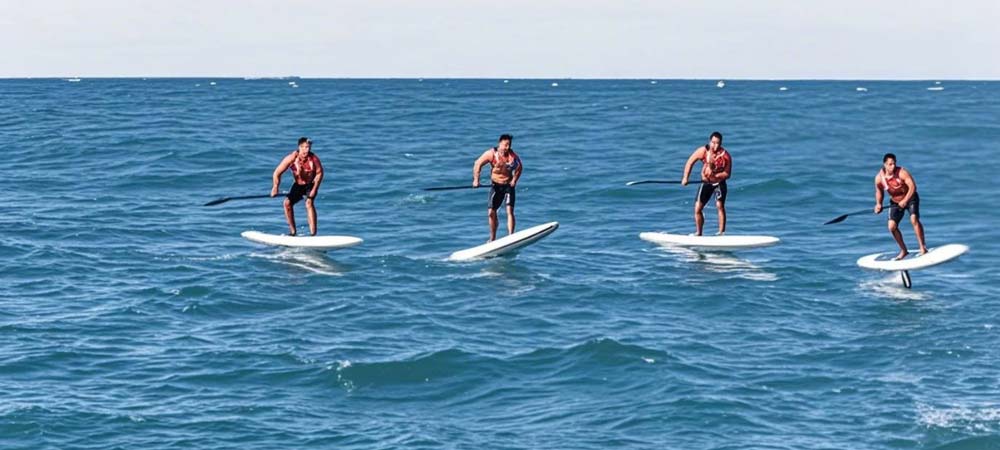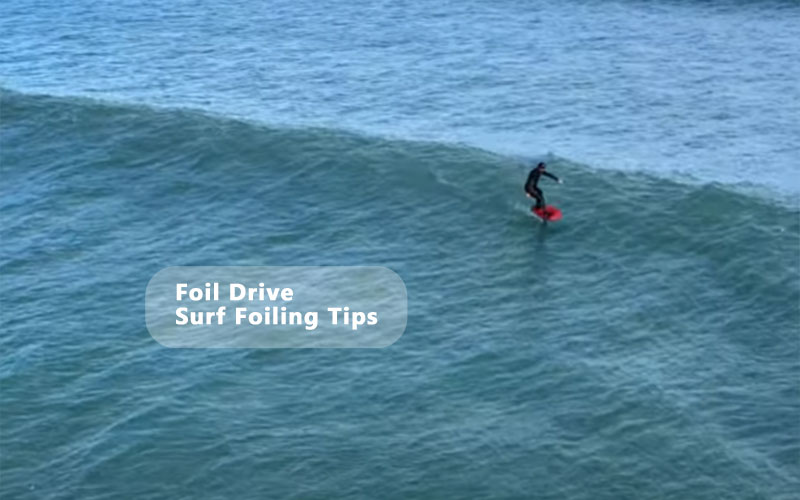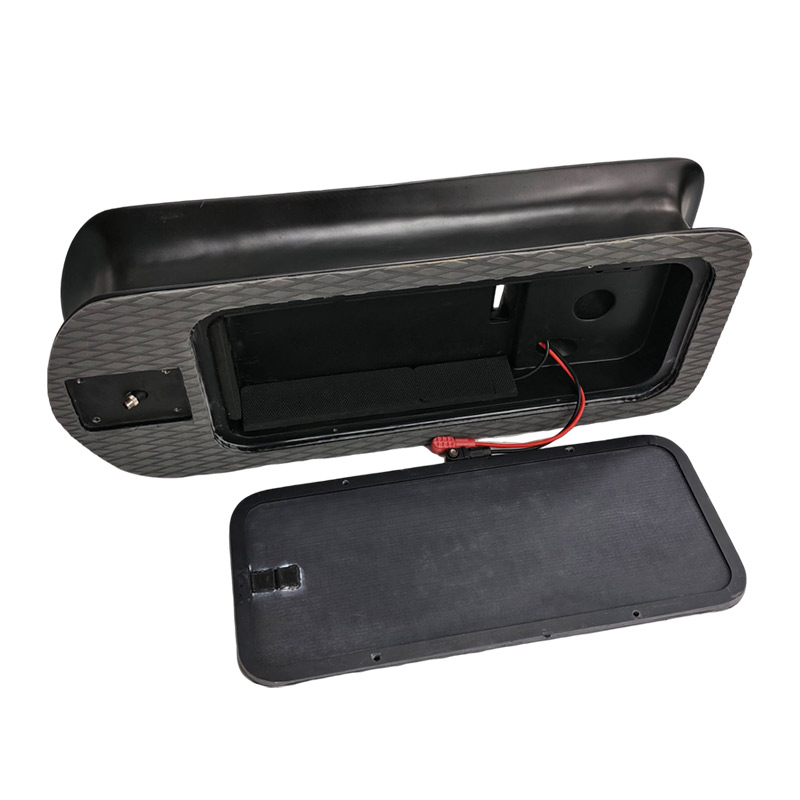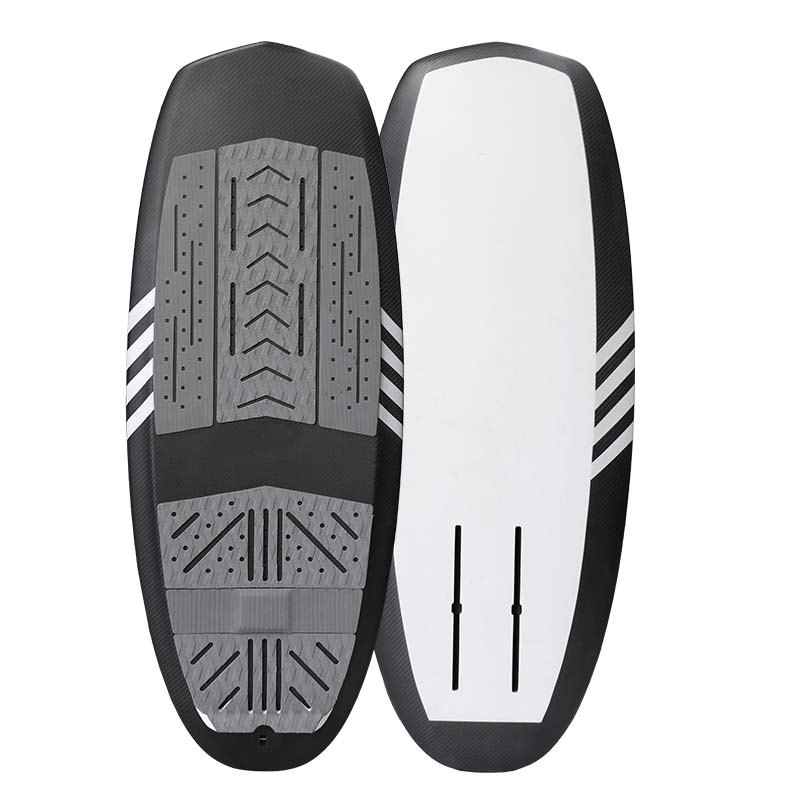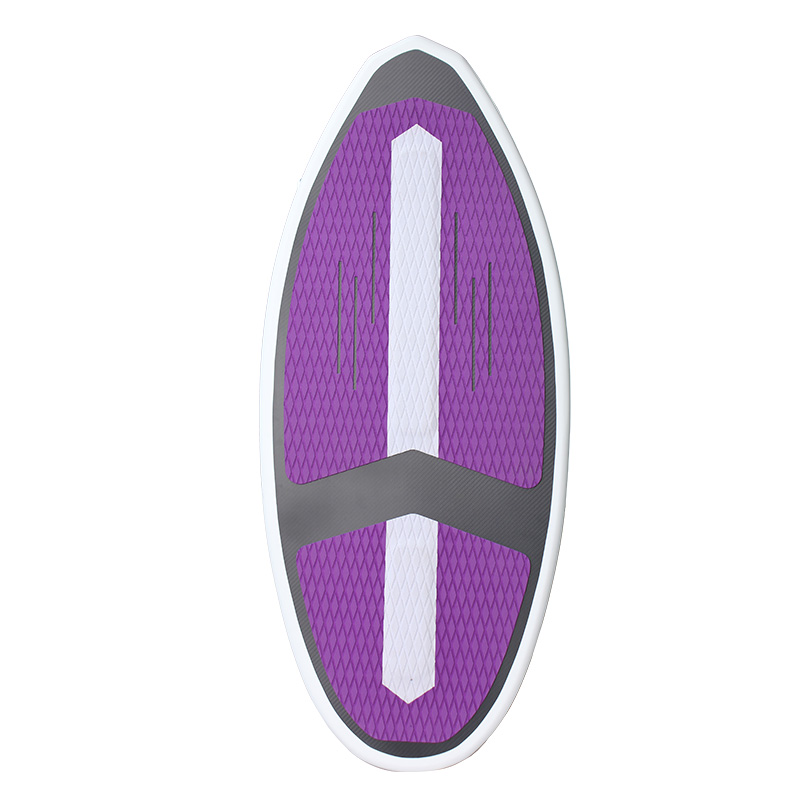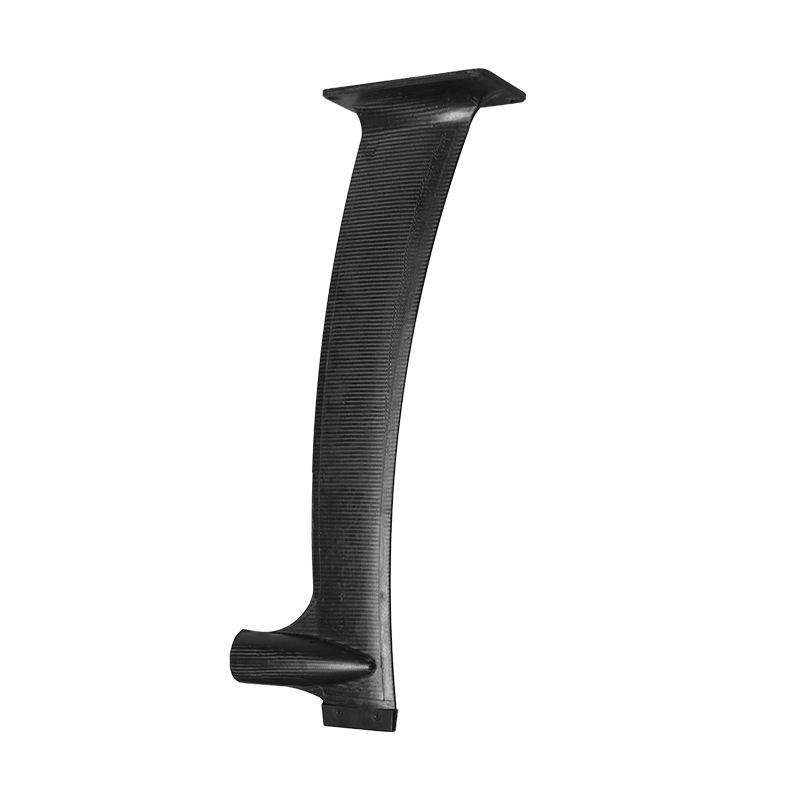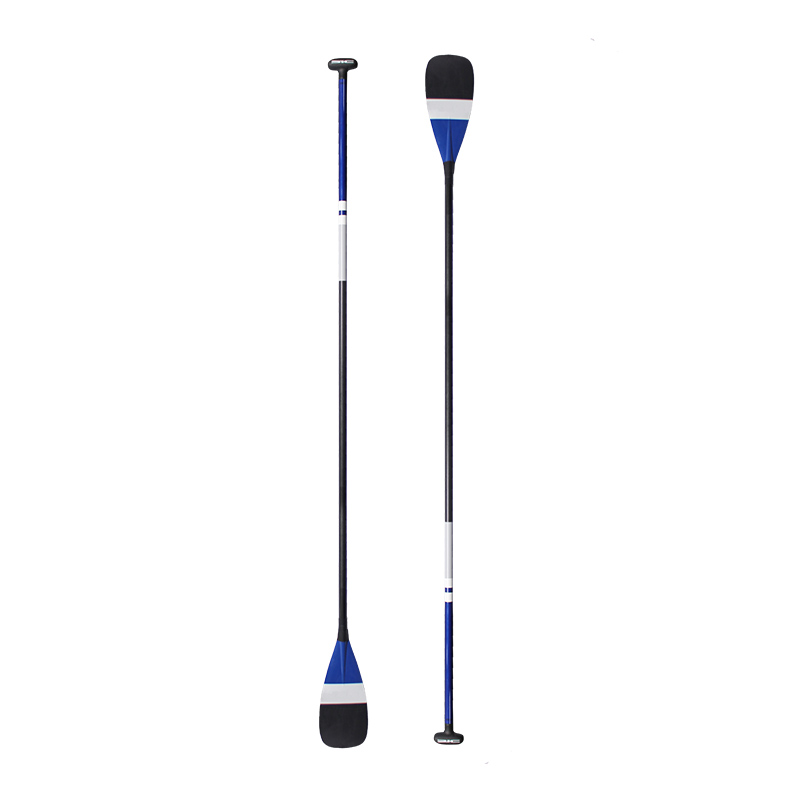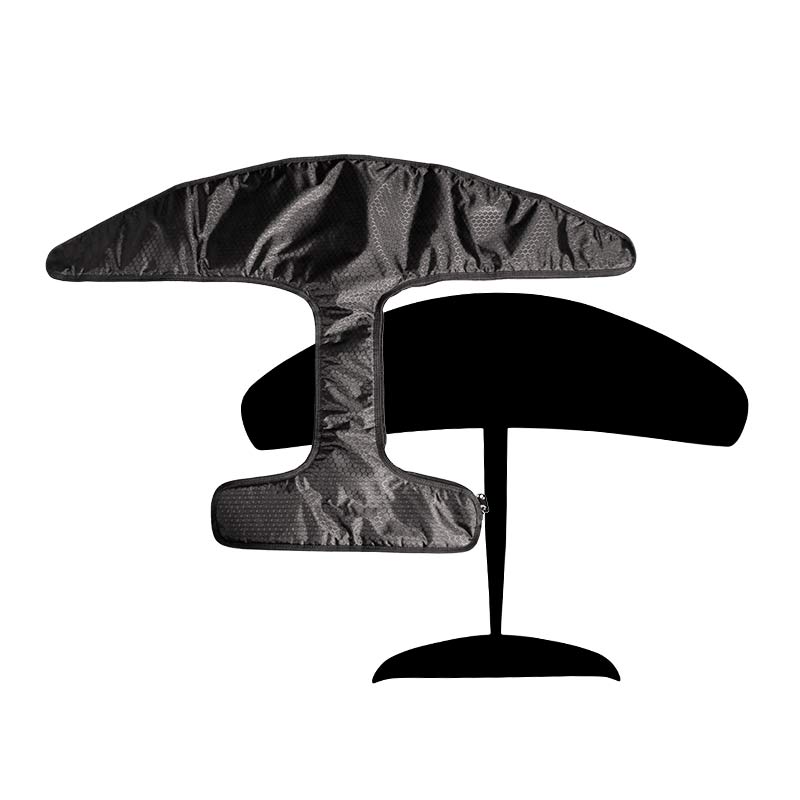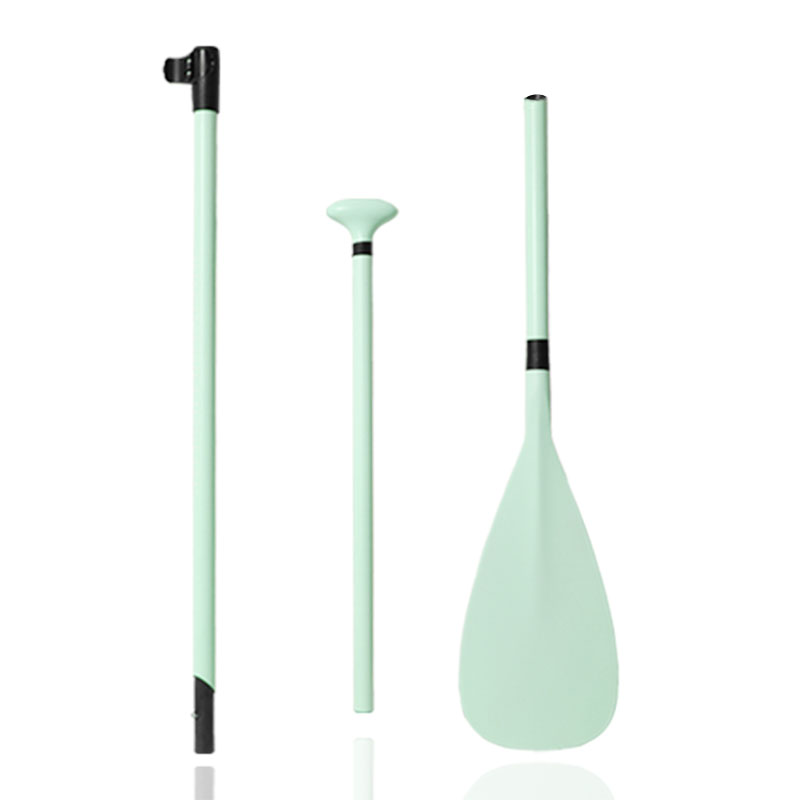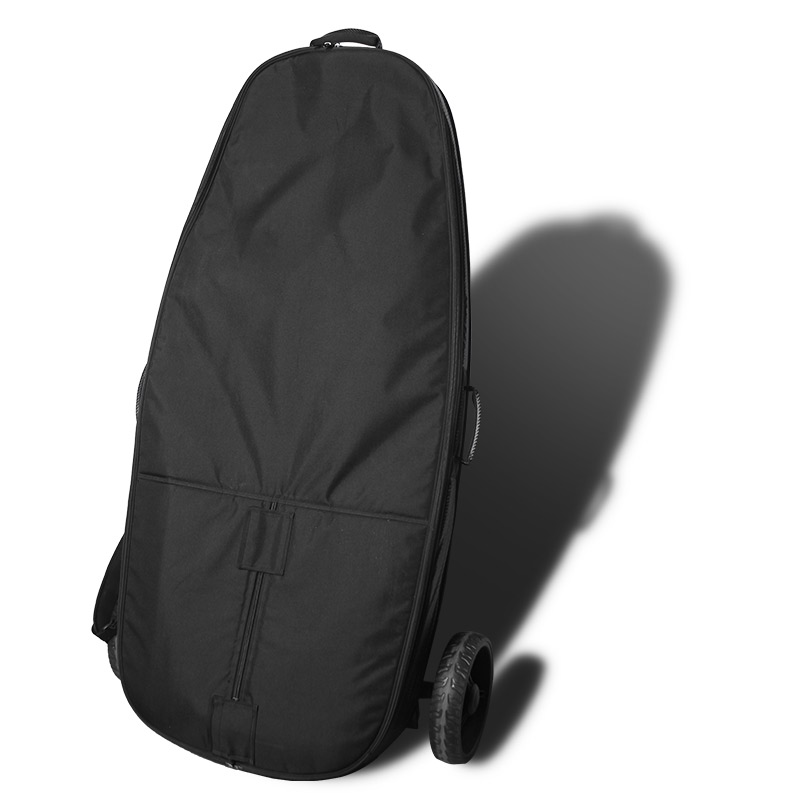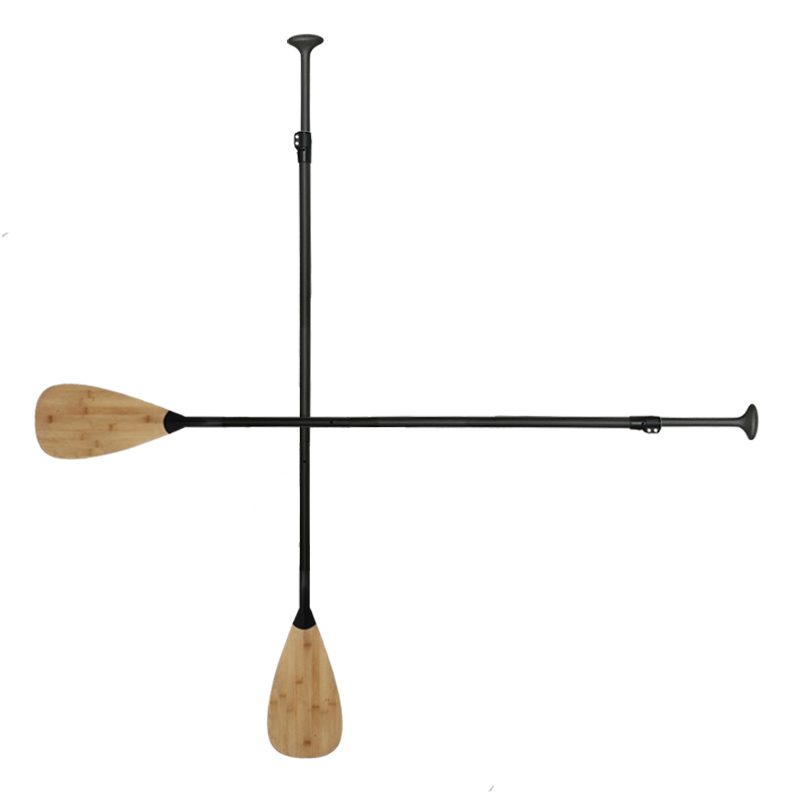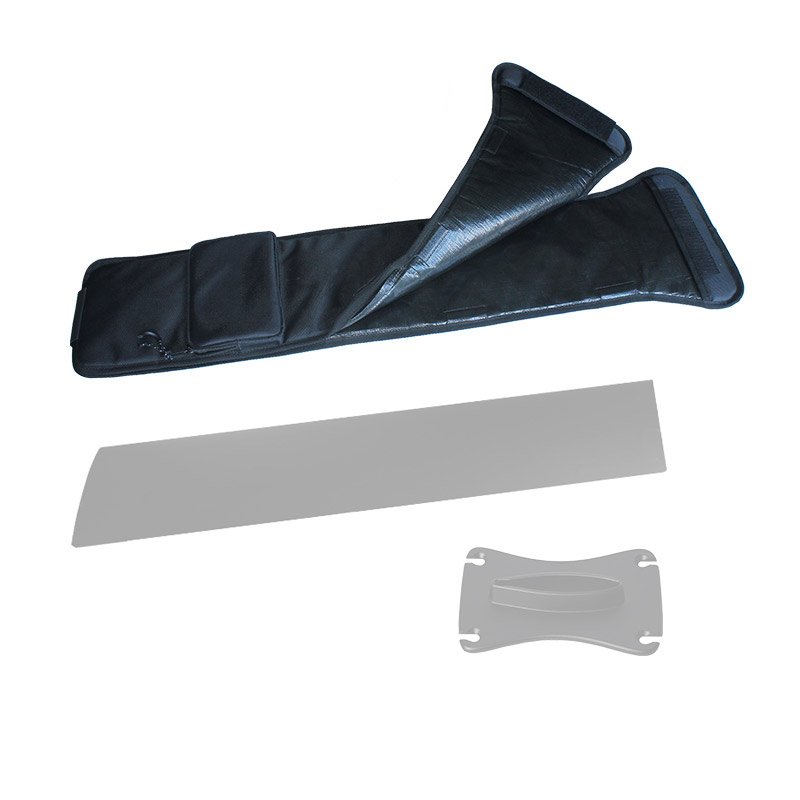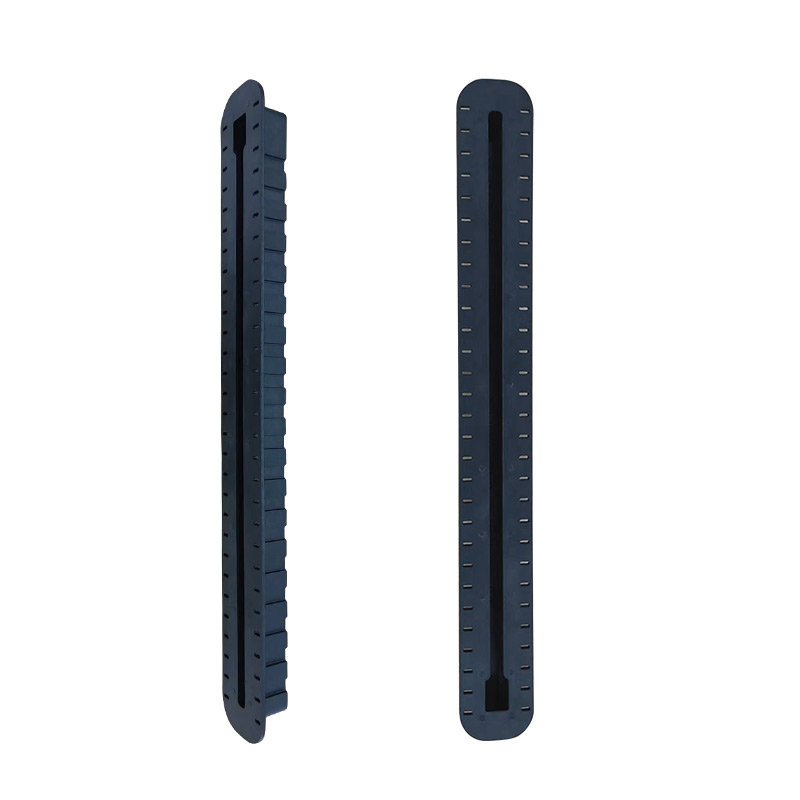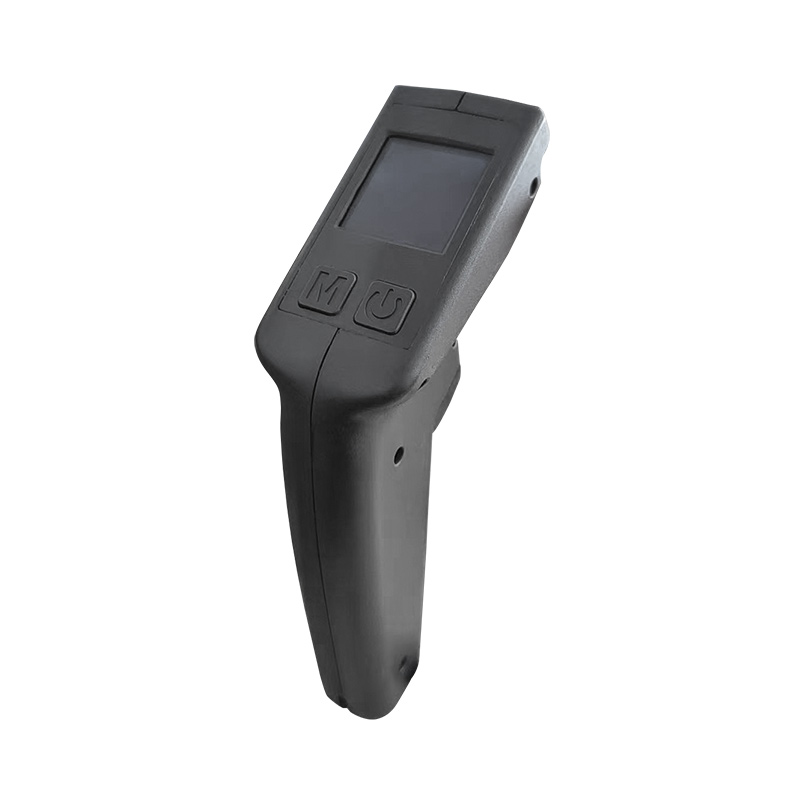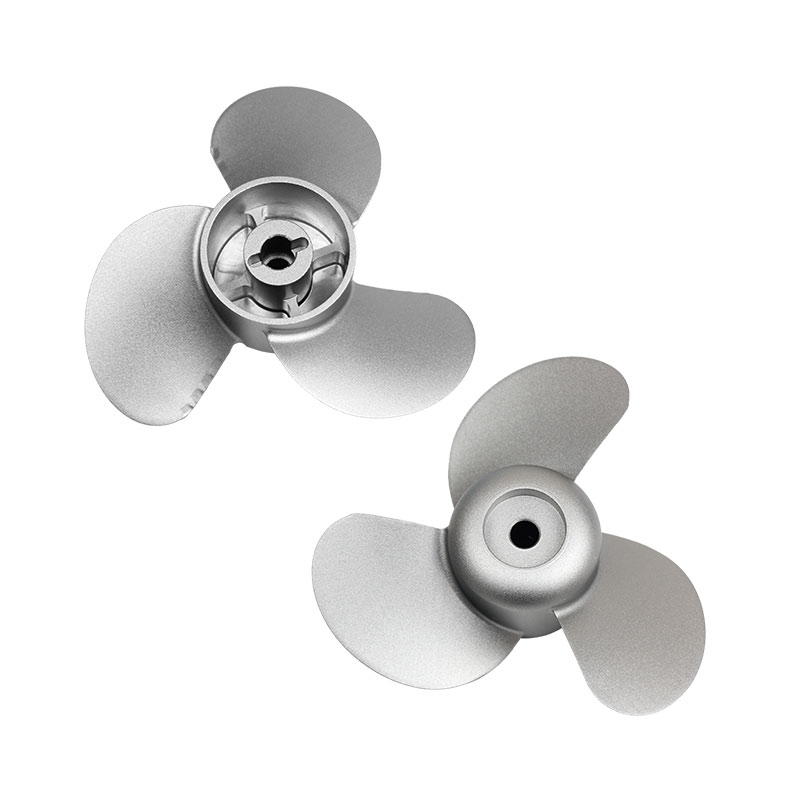How to wing foil for beginners? Wing foiling is an exhilarating sport that combines the thrill of windsurfing and kiteboarding with the quiet glide of hydrofoiling. It offers a feeling of absolute freedom as you soar above the water, experiencing the sensation of flight. In this guide, we’ll walk you through the essential steps to get you airborne and riding with confidence. Whether you’re new to the sport or just need a refresher, follow these steps to set up your gear and master the basics of wing foiling.

Prepare for Your Wing Foiling
Before wing foiling, we need to do some preparation, such as how to set up our wing foil, the practice before foiling, the basic knowledge about foiling, etc. After we do these works, it will make us more confident to start your water sports, especially for the beginner. Here are the steps for setting up for your reference.
Wing Foil Setup
Start by mounting the back wing onto the fuselage. Then, insert the plates into the tracks, ensuring each track has a plate at both the front and back. Next, place the mast onto the foil tracks. If you don’t have specific instructions on the mast position, start with a middle setting. Slide the plates underneath the screw holes of the base plate, insert the screws, and tighten them. Now, attach the fuselage to the mast, insert the screws, and pull them tight. Finally, mount the front wing to the fuselage and ensure all screws are secure. Don’t forget to attach the leash to your board’s leash plug. Click the like to YouTube to see the Hydrofoil installation.

Hydrofoil Set-Up Conclusion
- Mount the Back Wing
- Insert Plates into the Tracks
- Place the Mast
- Secure the Base Plate
- Attach the Fuselage
- Mount the Front Wing.
- Add the Leash
Preparing the Wing
Setting up your wing is quick and straightforward. The front tube, or leading edge, should always face into the wind when unrolling. If your wing has a boom, attach the front and back of the boom to the connections on the wing. Then, close the dump valve and connect the safety line from your pump to the leash loop on the leading edge. Attach the pump to the air valve, twist it clockwise, and inflate the wing to the recommended PSI. Once inflated, detach the pump by twisting counterclockwise and close the air valve cap. Attach the wrist leash to the wing’s leash loop to secure it before heading out.
Steps For Preparing The Wing
- Position the Leading Edge
- Attach the Boom (if applicable)
- Close the Dump Valve
- Pump the Wing
- Close the Valve Cap
- Attach the Wrist Leash:

Basic Wing Foiling Concepts & Practicing on Land
Before diving into riding techniques, it’s essential to understand some basic wind terminology. In wing foiling, we refer to the side facing the wind as “upwind” and the opposite side as “downwind.” Whenever you’re carrying your wing or preparing to ride, make sure the leading edge is facing into the wind at a 90° angle when wing surfing. As a beginner, you’ll start riding at a 90° angle to the wind, known as a crosswind course or beam reach.
On the beach, practice positioning the wing downwind with the leading edge facing into the wind. Grab the leading edge handle with one hand and extend the other to the side. Next, grab the leading edge closer to the tip and flip the wing. Once the wing is flipped, bring your hands back to the center. Grab the leading edge handle with your back hand, and lift the wing to eye level. Reach for the front handle and follow with the back hand. The front hand should always be closer to the leading edge when riding, while the backhand will be further away.
The Proper Stance
The correct stance is crucial for controlling your board and wing for your practice.
- Front and Back Hand Positions: Your front hand should be closer to the leading edge, and your backhand will be farther from it. Adjust your backhand to control the angle of the wing.
- Ideal Angle of the Wing: The wing should be held at a 45° angle in front of you for maximum control.
- Steering: To steer the wing, push your back hand forward to lift the wing. To bring it down, pull your backhand back slightly.
- Powering and Depowering: To power the wing, pull the backhand toward you while keeping your lead arm extended. To depower, slowly extend your backhand, allowing the wing to lose power. Release the handle if necessary.
How to wing foil?
After we finish the preparation before wing foiling, we will show the guide about how to wing surfing step by step. The key step is the operation when you ride it, here are the steps and tips how to wing foil, if you are interested to by some hydrofoil or foilboard for wing surfing, welcome to contact us without any hesitation.
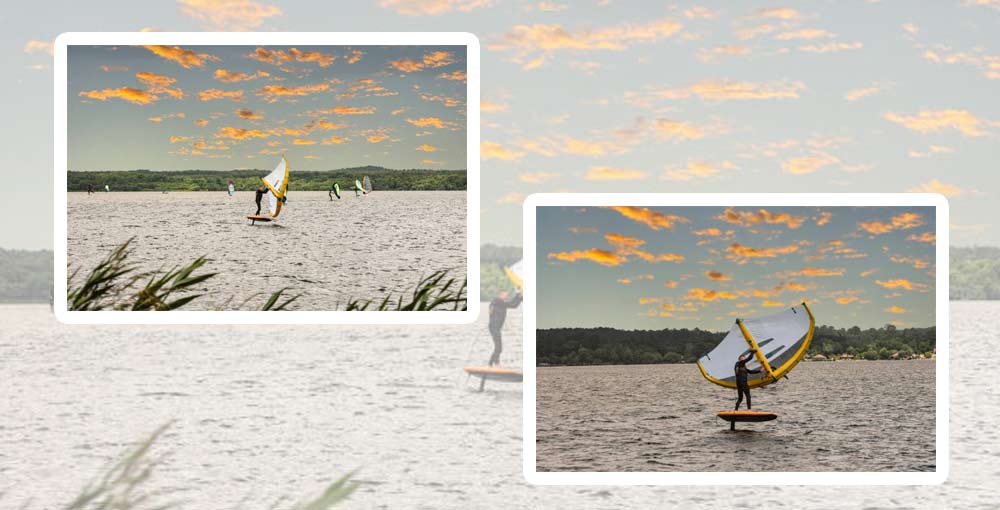
Powering and Depowering the Wing
To control the power of the wing, pull your back hand towards you while keeping your front arm extended. To depower the wing, slowly extend your back hand and let go of the handle if needed. Finding the right angle for your wing is key. When pulling in your backhand, you’ll feel the wing’s lift increase. Once there’s no noticeable increase in power, stop pulling the backhand.
Getting on the Water
After practicing on the beach, grab a beginner board with a center fin or dagger board, or use a foil board if you’re ready. Position the board on the rail, pointing into the wind. Place the wing on your downwind side, attach the board leash to your rear ankle, and the wing leash to your wrist. Ensure your wrist leash is secure but loose enough to move freely.
While walking into the water, always keep the board with the foil pointing into the wind. In calm water, flip the board upside down to avoid contact between the wing and the foil. Once the water reaches waist depth, position the board at a 90° angle to the wind. Grab the wing with your back hand and place it at the tail of the board.
Getting Up on the Board
When you’re ready, grab the board handle and pull yourself onto your knees, finding your balance. Once confident, lift the wing out of the water so it floats freely. To control the board’s direction, move the wing forward or back. Once stable, grab the boom handles, starting with the front hand, and then the back hand.
To stand up, place your front foot on the foot pad, positioning it diagonally over the board’s centerline. Shift your weight to the front foot and power up the wing. Place your back foot over the centerline at the rear of the pad. Your stance should be shoulder-width for balance and safety. Look forward as you ride.
So, summarize the above steps.
- Position the Wing: Grab the wing’s front handle and place it behind you at the tail of the board.
- Stabilize the Board: With your hands on the handles, position the board at a 90° angle to the wind.
- Stand Up: Place your front foot on the board’s foot pad, then shift your weight onto it. Slowly rise to your feet, keeping a wide stance for better balance.
Turning and Jibing
To turn, grab the leading edge handle and move the wing towards the nose of the board. Keep the wing in that position while the board turns, and change your stance with small steps to maintain balance. When the nose of the board points straight downwind, keep holding the wing in place. To initiate the jibe, pull towards the tail of the board and ride back into a 90° angle to the wind.
- Turning: To turn around, grab the leading edge handle and move the wing towards the nose of the board.
- Stance Adjustment: As the board turns, adjust your stance with small steps to maintain balance.
- Switching Directions: Once the board’s nose is pointed downwind, adjust the wing to initiate the turn. Pull towards the tail to return to a 90° angle with the wind.
First Flight and Controlling the Wing
How to wing foil? As a beginner, aim to ride at a 90° angle to the wind. Once you’ve mastered the basics, focus on your first flight. Keep your body weight low, with a wide stance, and your feet centered over the board. Bring the leading edge of the wing to a 45° angle above and in front of you, and power up by gently pulling your back hand. Shift your weight to the back foot briefly to lift the board.
Once in the air, bend your front knee and shift weight back onto your front foot for a stable flight height. Focus on balance and sheet in only as much as needed to stay up. If the wind isn’t strong enough to get on the foil, use the pumping technique by extending and pulling the wing back towards your hips.
Mastering Takeoff and Flight Control
After takeoff, it’s crucial to shift your weight onto the front foot to bring the board horizontally. Maintain an upright riding position and balance on the board. Practice touchdown techniques, shifting your weight forward to bring the board back onto the water. Keep enough speed to lift the board back up and keep flying.
Practice Makes Perfect
As you gain confidence, continue practicing small touchdowns and balancing. A slight crosswind or upwind angle will help stabilize your flight. Focus on your body posture, maintaining control of the board, and staying aware of your surroundings.
Advanced Riding Techniques
To continue improving your wing foiling skills, here are some briefly tips for advanced riders:
- Pumping: When the wind isn’t strong enough to lift your board, try pumping the wing. Extend and pull the wing towards your hips repeatedly to generate extra speed and lift.
- Controlling the Foil: Focus on balancing your weight and managing the power of the wing to control the foil’s height.
- Mastering the Flight: Once airborne, maintain your stability by shifting your weight and adjusting the wing’s angle. Bending your knees and focusing on balance will help keep you flying smoothly.

Conclusion
Wing foiling is an exciting sport that rewards practice and patience. By mastering the basics and understanding your wing, you’ll be able to experience the thrill of flight above the water. As you continue to improve, remember that progress takes time, and the key to success lies in balance, technique, and persistence. After that, you will completely handle how to wing foil.



